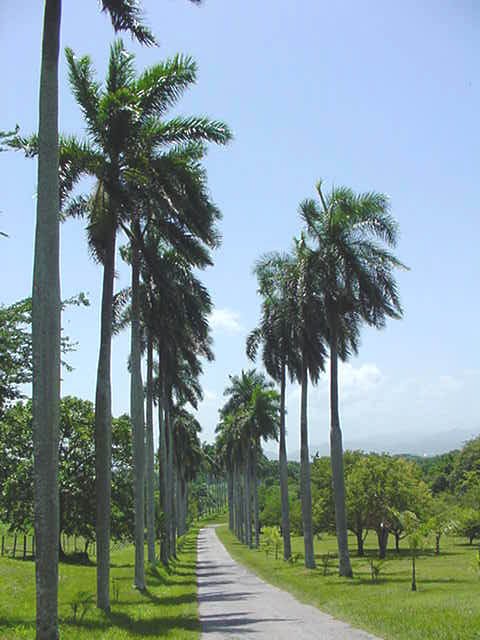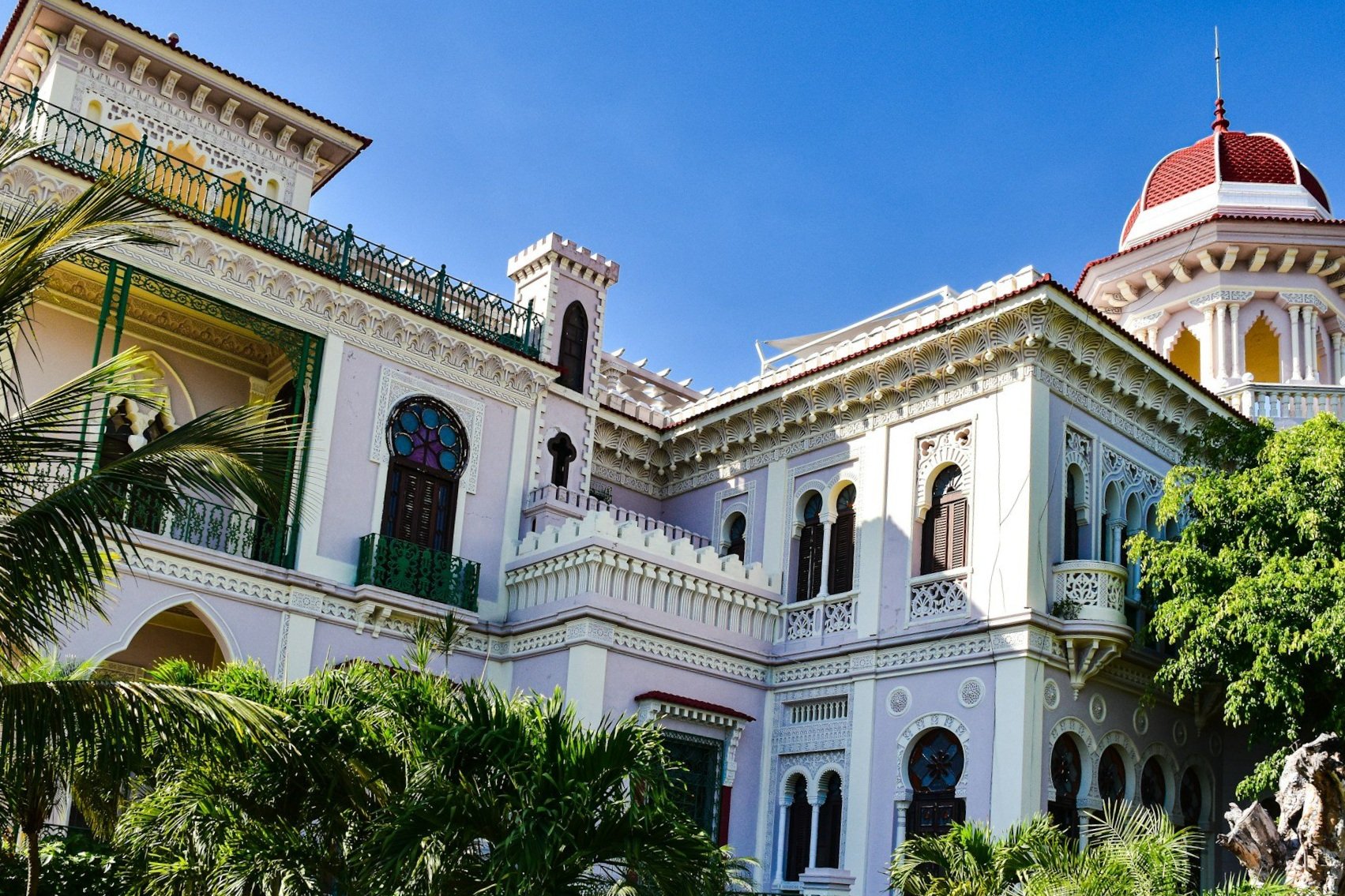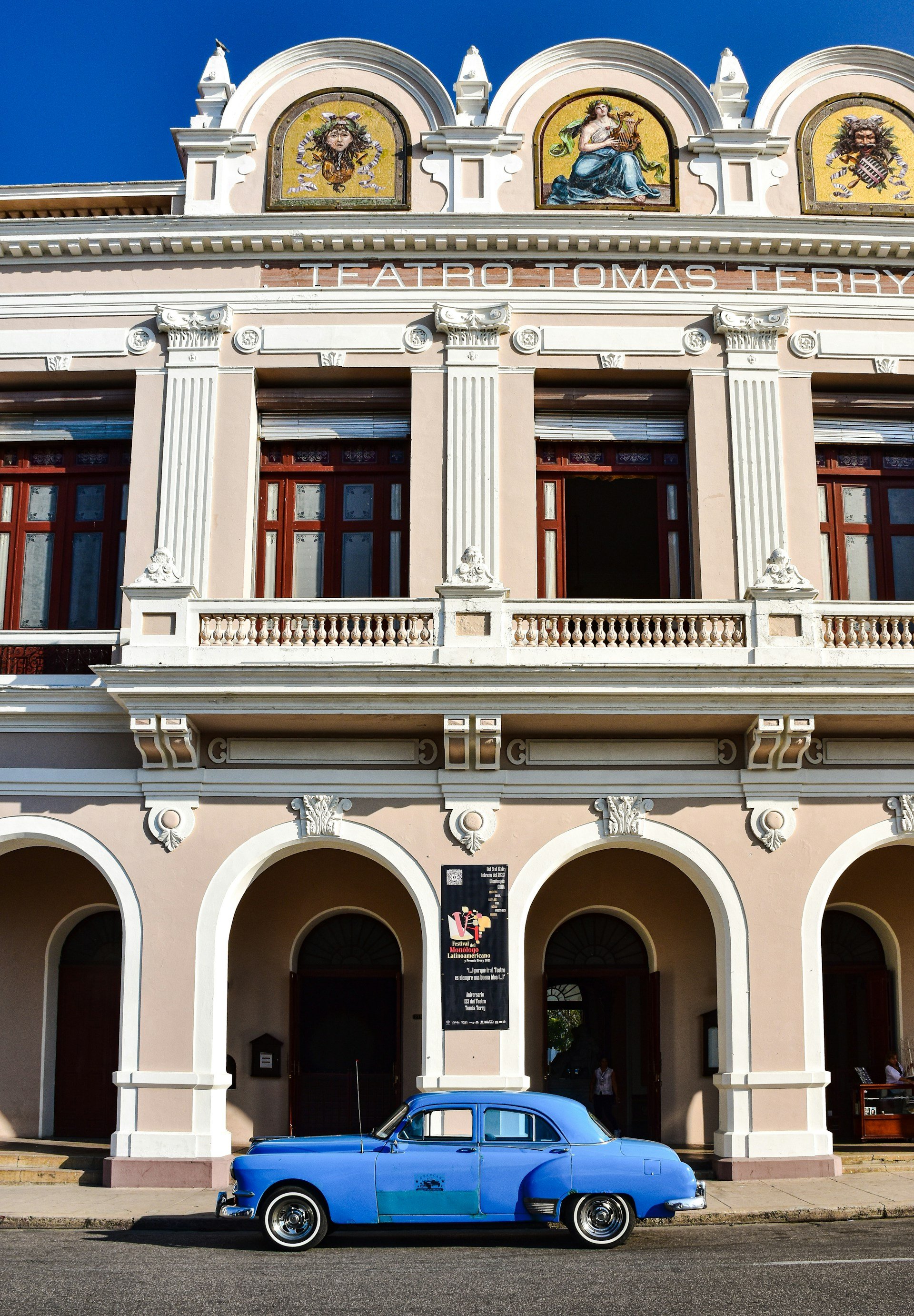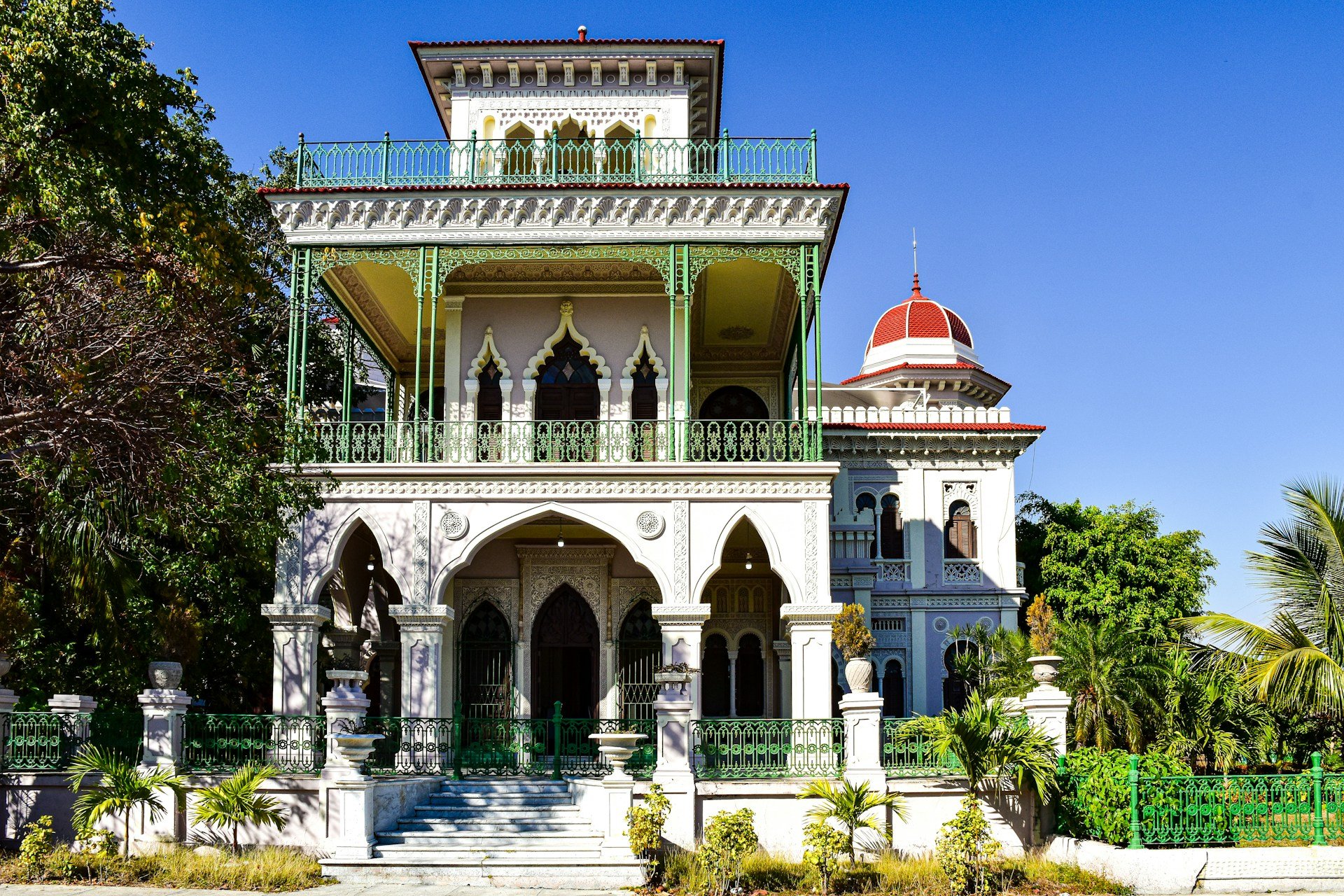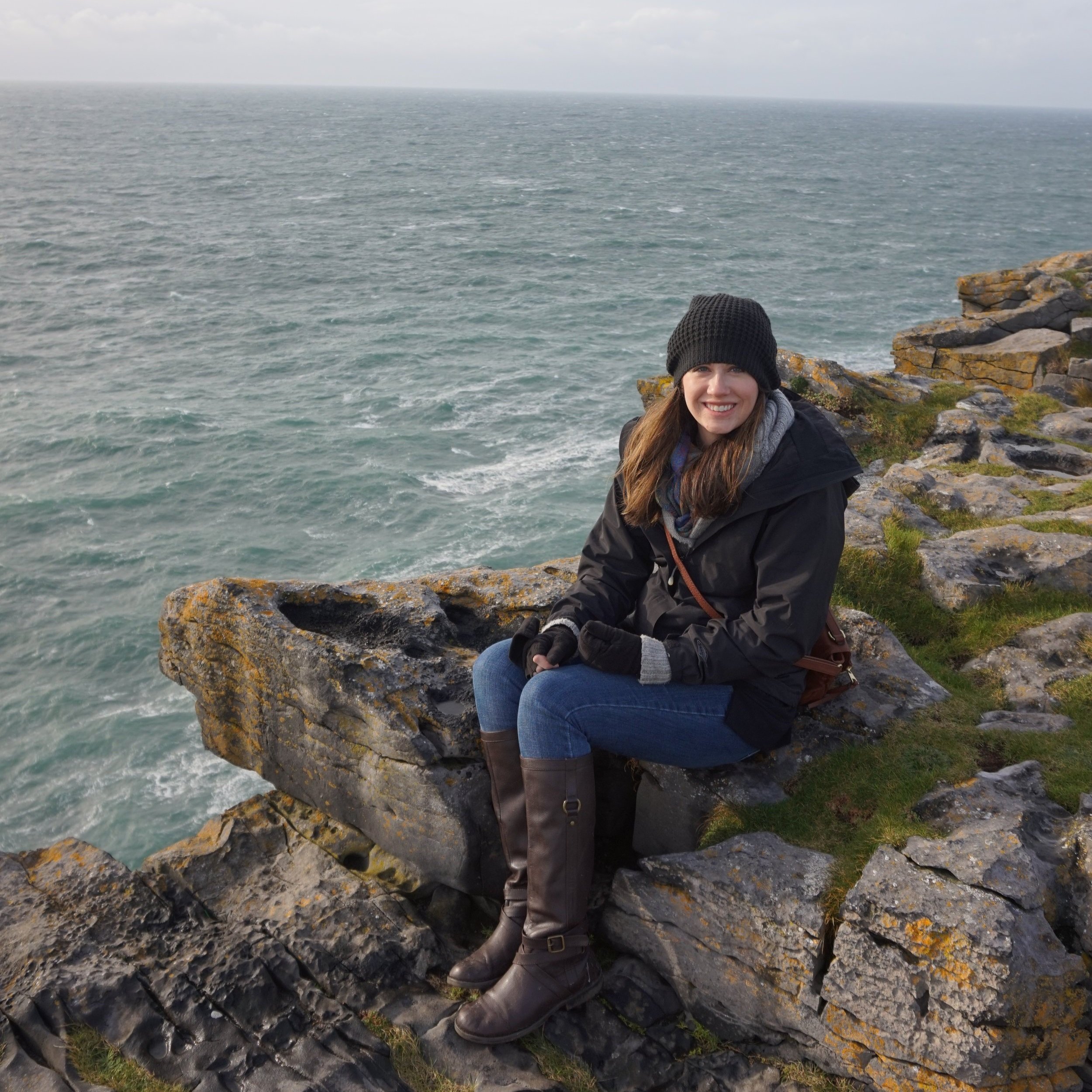A Guide to the Best Things to Do in Cienfuegos, Cuba
Experience some of the best that the Caribbean has to offer with these amazing things to do in Cienfuegos, Cuba!
If you’ve never been to Cuba before, it might be tempting to just visit the major cities, but I’d recommend spending a little time one of the smaller towns, too.
Not only are these towns easier to navigate, but they provide an excellent opportunity for you to get to know the locals, which can be hard to do in a big city hotel.
Located between Havana and Trinidad, Cienfuegos is an excellent stopover during your visit to Cuba and is the perfect size for some Cuban culture and adventure.
Cienfuegos has a great balance of outdoor activities, historic sites, and family friendly accommodations that are sure to be a high point on your Cuba vacation.
Here are the top things to do in Cienfuegos, Cuba, to add to your itinerary as well important tips on how to best experience this part of the country.
Essential Things to Know Before Visiting Cienfuegos, Cuba
Can U.S. Citizens visit Cuba?
Yes (with some caveats). Restrictions to this country—which the U.S. has long had tensions with—have slowly been lifted since the turn of the millennium. In 2016 and 2017, the restrictions were nearly completely lifted, though there are still some hoops to jump through.
As of early 2024, you’ll need to demonstrate that your travel to Cuba falls under one of 12 descriptions, including educational travel, support for the Cuban people, humanitiarian efforts, and professional research.
However, your application is largely self-identified, meaning you get to pick which category you think applies best.
There has been some rumblings that the “people-to-people” description which was the broadest reasoning for U.S. citizens to visit Cuba back in 2017-2018 will be returning sometime in 2024 or 2025, but there’s nothing solid on that yet.
If you’re currently planning a trip to Cuba, we recommend using the “support for the Cuban people” description as the broadest current category.
Several of the stops in Cienfuegos below would help you meet the specific goals of the “support for the Cuban people” category, if you plan on going that route.
To qualify for the proper paperwork for your Cuba trip, have a detailed itinerary available at all times with specific ways that you plan to actually support Cuban people and the economy while you’re there.
More information on how to secure travel to Cuba as a U.S. citizen is available here.
Where is Cienfuegos?
PIN ME!
The city of Cienfuegos is located on the Bahía de Cienfuegos in the Cuban province of Cienfuegos.
Cienfuego is on the southern side of the island country, about 3 hours south east of Havana.
The Cienfuegos province borders the Matanzas providence to the west and the Villa Clara province to the east.
Cienfuegos province shares a small section of its southeastern border with the Sancti Spiritus providence.
How can I get to Cienfuegos?
There is a small international airport in Cienfuegos, the Jaime Gonzalez Airport (Aeropuerto Internacional Jaime González). CFG will take you to the edge of the city of Cienfuegos, which puts you in an excellent location to then pick up a rental car or hail a taxi into other parts of the city.
However, flights from the US to Cuba can be anything but straight-forward as there is constant change between which US airports and airlines are allowed to fly into different areas of Cuba.
That being said, you’re more likely to have luck getting a flight into Havana’s José Martí International Airport (HAV) than you are a smaller city like Cienfuegos, so I’d recommend flying to Havana and then renting a car to drive to Cienfuegos.
Getting from Havana to Cienfuegos
To drive from Havana to Cienfuegos will take you about 3 hours, and it is by far the most consistently available way to get between the two cities.
There is a bus and a train schedule that runs between Havana and Cienfuegos, but both of these options will take over twice as long to travel than doing so by car.
A bus or train ticket is much easier to get than renting a car, so there are pros and cons to all transportation options here.
The Havana Airport does have multiple car rental agencies on site, which is convenient. However, due to the US-Cuba tensions, you’re going to have other issues when it comes to booking a car.
You can’t use any US credit or debit cards when traveling in Cuba, which makes booking a car difficult. You may have to show up at the airport and hope for the best with your cash.
Learn more about what to expect when renting a car in Cuba here.
Alternatively, you can join a group trip that will escort you along a pre-determined route between the 2 cities. This is the easiest way to get around since the troubleshooting of how to get around is literally taking out of the equation.
The Best Things to Do in Cienfuegos, Cuba
As soon as you get out of the famous town center of this little coastal town, you'll find yourself in a close, welcoming, village atmosphere.
Push even further out of town, and there are beautiful lagoons and lush wilderness perfect for some outdoor exploration.
Cienfuegos is known as the Pearl of the South because of it’s incredible offerings, and it is absolutely a place not to be missed.
NOTE: As with any place in Cuba, you’ll want to come prepared with cash in hand as U.S. debit and credit cards generally do not work in the country. Pack more than you think you’ll need just in case, and divide the money between your travel companions; I’d also use a money belt as a back-up plan.
Here are our recommendations on what to do, where to do them, and how to experience everything that one of the Cuba’s cutest towns has to offer.
Stay in a Casa Particular.
Stay in a casa particular for a rich, immersive experience while you're visiting!
An example of a typical apartment building with a casa particular rental
Plus, this experience will directly go to your fulfillment of the “support of the Cuban people” if that’s how you secured your travel visa.
So, what is a casa particular?
Essentially, it is an AirBnB before AirBnB was even a thing.
Casas Particulares literally mean “individual houses,” and they are private spaces for travelers.
Sometimes, the casa particular is a guest room within a larger house, and sometimes, it is a separate area on the property, like a mother-in-law’s suite. Other times, you might be able to rent an entire apartment or house—it really depends on the individual offering up the rental.
In any case, Cubans have been offering up these local accommodations since 1997, and they’ve been a popular alternative to hotels.
We think that supporting the local economy through unique, local accommodations is the way to go when we’re traveling, and a casa particular is the perfect way to dip your toes in to that idea.
Not only are you saving money (a night in a casa particular can often start as low at $10), but you’ll have the opportunity to get to know the local or locals hosting you.
The individual offerings of the host vary wildly, but expect them to be available for questions at the least. But you’re also likely to be offered a full meal and conversation, too!
Since you’re in close contact with a local, you’ll be able to work on your Spanish directly. We’re always looking for more ways to learn on our travels, and this is a perfect way to do so.
Learn more about casa particulars here.
Wander around the Botanical Gardens.
Cienfuegos' botanical gardens are world famous and shouldn’t be missed while you’re in this area.
The Botanical Gardens are situated about 30 minutes out of Cienfuegos, but don’t let that stop you from visiting.
The famed double row of royal palms near the entrance | source
The Jardín Botanico de Cienfuegos was founded by Edwin Atkins in 1901 with a financial support from Harvard. Atkins, who’d made his fortune in sugar cane, originally developed the lane to do further testing on different kinds of sugar cane.
However, he got distracted with the wide variety of tropical plants that flourished in this area (we’ve all been there!), and decided to lean into the botanical garden aspect instead.
His derailed plan over a hundred years ago means that Cienfuegos has one of the most renowned botanical gardens in the world today. Even the gardens in Havana got their initial seedlings from here!
The entry alley with its double row of royal palm trees is an especially renowned sight, so bring your camera and be prepared to take lots of pictures.
This botanical garden is a bit different than most because there are an incredible variety of trees here, while other botanical gardens tend to focus more on flowering plants.
You’ll see everything from palm trees to bamboo to 200 species of cacti.
With over 2,000 different plant species spread out over 239 acres, the gardens are vast. You’ll want to allot at least 2 hours to wander through the venue, but I’d recommend staying at least a half day to see more of the property.
If you’re worried about navigating the area outside of town, taking a tour can be beneficial. Letting someone else do the driving and directing means you'll arrive stress-free and ready to explore.
If you can navigate to the gardens yourself, there are free guides onsite that are happy to lead you around. Many speak fluent English if your Spanish is too rusty to fully understand a full tour.
The entrance fee is only 2.50 CUC per person, which is (currently) equivalent to $2.50. That is a bargain for everything that you’ll see here.
Walk around the UNESCO colonial center.
The old colonial town center is a UNESCO World Heritage Site, so this area is a destination unto itself.
Cienfuegos was founded in 1819, and settled by both the Spanish and French, which is unusual as Cuba was a Spanish colony.
You can see the European influence of the oldest part of the city in its architecture and layout. The intricate railings and detailed exteriors of the homes incorporate Moorish architecture seen in parts of Spanish with classical arches and scrolled metals seen in Paris.
The layout of the city draws influence from the Enlightenment era, which prized order and precision above all else. Much like Washington, D.C., which also was laid out according to Enlightenment principals, Cienfuegos’ historic area is composed of a precise grid pattern.
Not only is this layout visually appealing in its simplicity and symmetry, but it’s also incredibly easy to navigate.
The original town center was made up of 25 blocks, and this is where you’ll find the oldest buildings. The oldest section takes up about 172 acres, but a buffer zone with similar—but newer—architecture extends this area another 250 acres.
Take in the colorful houses, the old theater (Teatro Tomás Terry), two incredible cemeteries listed as national monuments, the Customs Building, and the Palacio Ferrer, among others.
During the week, you can even climb up the cupola in Palacio Ferrer.
Not only will you get a great view on the town, you'll also get to explore this crumbling palace.
When you get hungry head across the square from the Palacio Ferrer to grab a cocktail and dinner at the Bar El Palatino. The open area dining area is a great place to people watch, and there’s usually live music, too.
Explore the Laguna del Cura.
Outside of the old town, the whole of Cienfuegos, Cuba, is very walkable.
If you're down for a longer stroll, go all the way to the south edge of town to explore the Laguna de la Cura, a small but beautiful lagoon.
There’s a small beach nearby, Playa Alegra, if you’d like to sunbathe. The playa is the perfect place to watch the sunset over Bahía de Cienfuegos!
On the Laguna del Cura, you’ll find houses right on the water, colorful fishing boats, and multiple restaurants. It’s also a popular fishing spot for locals.
Since it’s a bit off the beaten path, you’re likely to mix and mingle with locals here, and there are many casas particulares here.
To get to the Laguna del Cura from the UNESCO city center, simply follow Paseo el Prado south for about 12 blocks. Turn onto Avenida 16, and walk another 3 blocks. You’ll be at the upper end of the laguna at this spot.
Take pictures with the Cienfuego sign.
Cienfuegos’ most recognizable sign proudly states, “Cienfuego is the city I like best!”
We’d agree—what’s not to like about this historic coastal town?
To get to the Cienfuego sign, you’ll need to head down to the intersection of Paseo El Prado and Avenida 22. At that intersection, turn by Parque los Pintos.
The sign is behind the park on the water on a little spit of land.
For the best pictures of you and the sign, send the subject of the photograph to the sign, and then have the photo taker stand back on Paseo El Prado.
You’ll get a great photo of the entire sign, the Bahía de Cienfuegos, and the palm trees lining Paseo El Prado.
Explore El Nicho Waterfall.
El Nicho waterfall is still a hidden gem, most people coming to Cuba don't know about this wondrous place. If you arrive at the waterfall early enough, you'll be able to enjoy an almost empty park that pretty much looks like paradise!
El Nicho Waterfall | source
Imagine a huge network of blue pools and waterfalls, all surrounded by lush green vegetation: that's El Nicho Waterfall.
The best part is that you can bathe in the big natural pool, which is the perfect way to cool down after a day of sightseeing.
Keep in mind that you’ll want to go during a time when there hasn’t been much rain lately. Too much rain can create dangerous currents in the pool and river below, and swimming isn’t allowed then. The pool does have a lifeguard on duty, who will let visitors know if the water is safe to access.
You can also follow the short trail starting at the waterfall to reach a mirador (a natural window) with a great view on the valley.
To get to El Nicho Waterfall, you can join a tour from Cienfuegos and let them take care of transportation and food, or take a taxi from the city.
When you get hungry, there's a restaurant nearby that often plays music during lunch.
Or, if you’d prefer to pack your own lunch, you can find plenty of picnic tables at the bottom of the hill.
We also appreciated the fact that this area had bathrooms available, so it’s the perfect mixture of outdoor adventure and modern amenities.
If you’d like to add a little more adventure to your day, there are ziplines—one easy and one hard—in this area, too.
To get to El Nicho, you’ll have to travel about an hour outside of Cienfuegos and head east into the more rural part of this region.
All in all, it’s a perfect day trip from Cienfuegos!
Go to the Cabaret.
Of all of the things to do in Cienfuegos, Cuba, going to the cabaret should be near the top since it's such a rite of passage into the Cuba culture.
Nowhere else will you feel that authentic blend of Cuban culture and modernity.
The women are wearing colorful dresses from the eighties, everyone is drinking rum, but you might still hear some of the latest pop hits!
In Havana, cabaret nights are more expensive and you run the chance to end up in a place filled with more tourists than locals.
In Cienfuegos, there's several great cabarets playing music every night for a small price.
You can dance, taste local drinks or just listen and enjoy the music. Some of the best venues are Tropisur, Cubanissimo, and the local favorite Costasur!
These venues are usually for people 18 and up, so you’ll want to plan a night out while you’re in Cienfuegos.
Explore Laguna Guanaroca.
For nature and animal lovers, the Laguna Guanaroca might be your best memory from Cienfuegos!
This protected space is a huge mangrove full of colorful species of birds and crabs.
The most unique one is the Tocororo, the national bird wearing the Cuban flag's colors.
A one of a kind experience to have in Laguna Guanaroca is to explore the lagoon on a bark.
This part of the lagoon is full of flamingoes, so you can just weave amongst those pink birds to your heart's content!
Some waves still reach the lagoon but they're always small, so it's a simple peaceful experience (and rather romantic too)!
The Laguna Guanaroca is just a few minutes out of Cienfuegos by car.
You can get there yourself or with a taxi and find a guide on site to show you the animals.
Another solution is to join a tour from Cienfuegos.
If you like hiking or bird watching, you can return several times to Laguna Guanaroca with a private guide that will help you explore the whole area piece by piece!
Final Thoughts on Visiting Cienfuegos, Cuba
Cienfuegos is not as famous as Trinidad or Havana, yet, and that's what makes it such a perfect place to be!
Fewer tourists, an authentic cultural atmosphere, the wilderness around still raw and full of wildlife: it's everything you want out of your visit to Cuba.
Don't miss out on Cienfuegos when you tour Cuba!
Have you planned your travel to Cuba yet? Which of these things to do in Cienfuegos, Cuba, would you like to experience?





